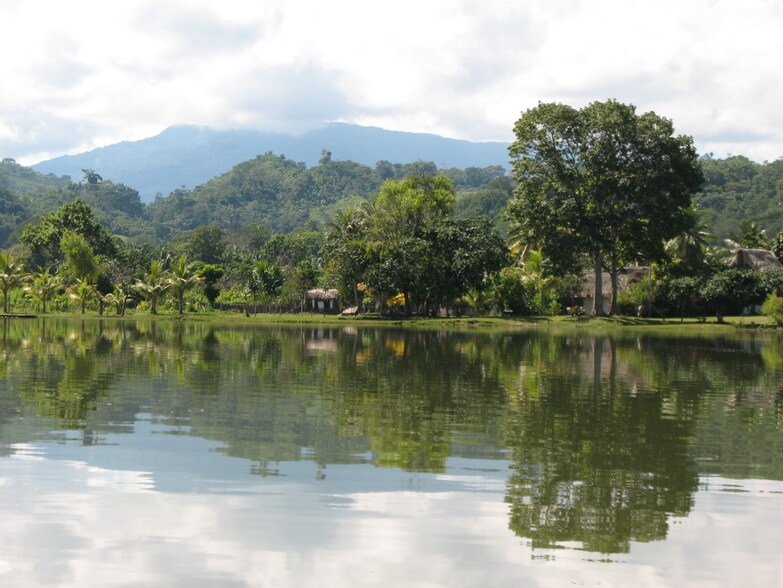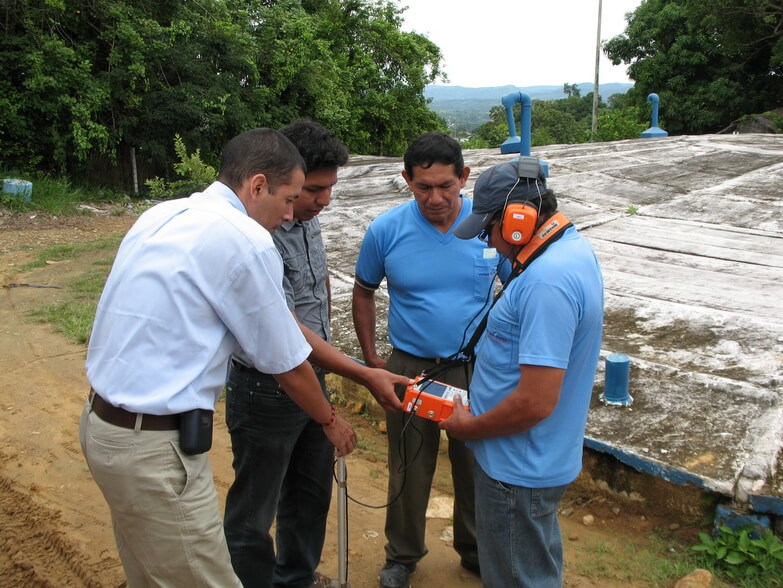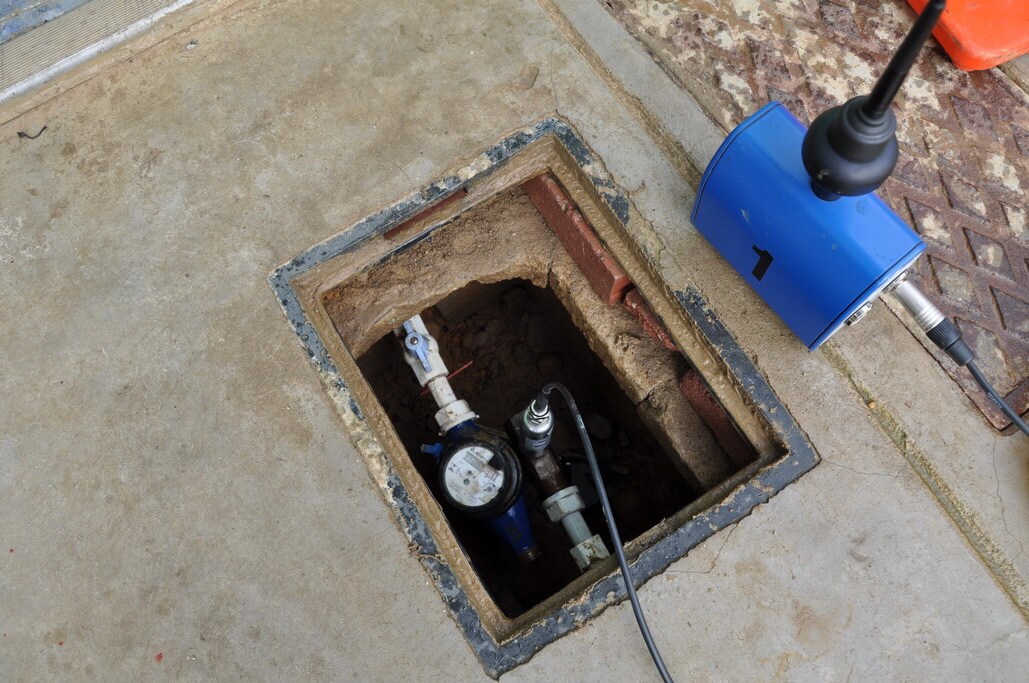Water shortage in Peru
At first glance a water shortage in Peru seems absurd: The landscape of this South American country is characterised by wide rivers, lush rain forests, varied vegetation and sizeable glaciers. As we see it, this means: water in abundance.
So what is a company like Sewerin, which is in the business of tracking down leaks in water pipes, doing in Peru?
A scenario from 2084:
You live in a European industrialised country and need water – not a problem as things look today. But by 2084 you might find yourself waiting with your little water canister at the end of a queue by a tanker that supplies your part of town with drinking water. If you arrive too late, you'll go thirsty. Water has meanwhile become so expensive that it has to be rationed within each family: The strongest first, and the weakest last of all? Is something like this imaginable?
A scenario from 2014:
While the big hotel chains in cities like Lima can easily provide their guests with drinking and service water, most people in Peru cannot afford running water. Over 50% of the population is not connected to the public drinking water network, and the water supply, if available, is also subject to time restrictions in many places.
Many people get their water from rivers or irrigation canals. They are putting themselves at risk from serious diseases or even cholera epidemics. They lack a continuous and safe water supply, with the situation being exacerbated by significant water loss due to crumbling pipes and illegal water extraction.
The reduction in such water losses by the water companies is restricted, as is the case in many developing countries, to just minimising the extent of the damage.
A closer look reveals what is going on: Despite adequate natural resources there actually is a water shortage in Peru. This has a lasting effect on the social and industrial development of the country. Are there any solutions here?
Upholding its tradition as a company with an awareness of its responsibility, Sewerin develops technologies and strategies aimed at securing for Peru a long-term supply of drinking water.
"The reduction in water losses by the relevant bodies in Peru is currently restricted to just minimising the extent of the damage."
Situation
The high level of drinking water losses in Peru is first and foremost due to leaking pipes and the existence of illegal house service connections. The supply of water is subject to severe restrictions in many parts of the country. Often water is only available for 6 - 12 hours a day. The use of contaminated water from rivers and canals makes people ill.
And the weak water pressure in the largely defective pipes allows dirty water to be drawn back in, so worsening the risk to public health. Leaking pipes and increasing levels of illegal water extraction are a further burden on the already precarious financial situation of the utility companies. There is no money for the necessary investments.
"One of Sewerin's corporate objectives is to come up with long-term solutions that impact over wide areas and can be developed hand in hand with the population with lasting effect."
Training centres
The technical equipment and skills required to locate and repair leaks or track down illegal service connections are mostly completely out of date or lacking altogether. This means that at present damage limitation is the only option. By setting up training centres in 5 of Peru's cities the plan is for selected water supply companies to significantly reduce drinking water losses and bring about lasting improvement with the help of modern technology.
The water companies of the cities Tarapoto and Piura have been chosen for the first phase of training as both sites suffer from above-average losses of water. In Tarapoto leaking pipes deprive suppliers of 40% of water while in Piura they account for a loss of 55% of the drinking water in the network.
"It is through Sewerin's support that the inhabitants notice and appreciate the work of the water supply companies."
Technologies
Sewerin offers the latest technologies for training. Its employees offer instruction on how to use ground microphones like the AQUAPHON® A 100, the SeCorr® 08 correlator for computer-assisted detection of leaks and the FERROTEC®, a magnetometer for locating hidden objects such as valve boxes. The specific problems of each site are taken into consideration here. Details about the scope and content of qualification measures including the local circumstances are worked out jointly with all parties involved. In the long term it is hoped that these bodies will be able to come up with solutions to problems by themselves and act as a training centre for other water supply companies.
Training is however not just limited to technical details, but also teaches the importance of PR work, designed to indicate that the local company is showing initiative and so ensuring a safe and continuous water supply on a long-term basis.
"Thanks to Sewerin's strategies for water leak detection between May 2010 and December 2012 over 900 leaks were pinpointed and repaired in Tarapoto alone."
Successes
These projects have been made possible by a Public Private Partnership (PPP) carried out in cooperation with „Gesellschaft für Internationale Zusammenarbeit“ (GIZ), a federal enterprise for international cooperation based in Germany. This will run for a term of 3 years. Its success proves that everyone is on the right track. The companies taking part in the training programmes have been able to reduce the level of water losses by 10% in a very short period of time.
Thanks to sophisticated technology, motivated training partners and expert educational assistance they have taken their first successful steps down the path to their declared goal: To force down the rate of losses to below 20% and to ensure that Peru can exploit and preserve its precious resource of water on a long-term basis.




